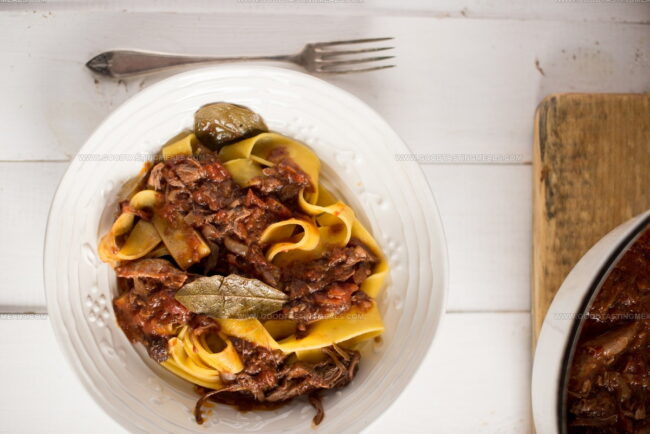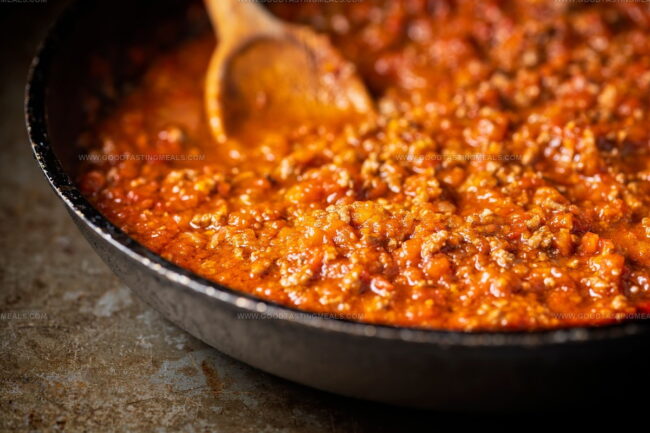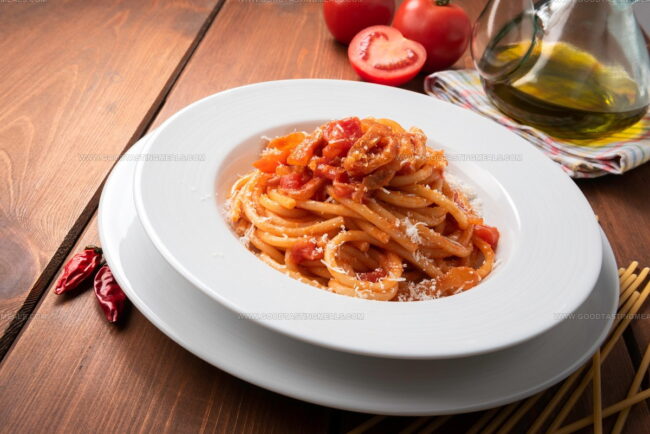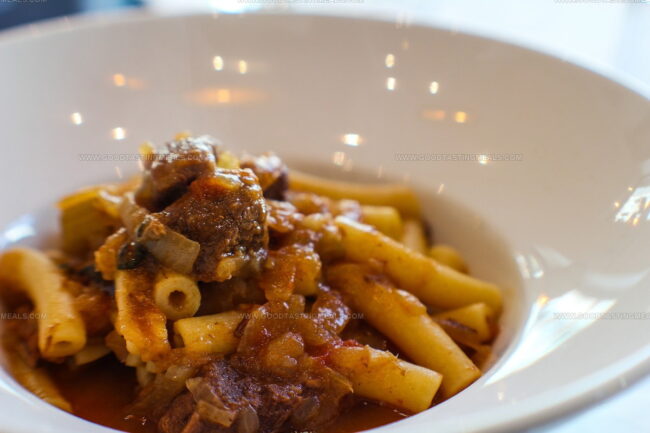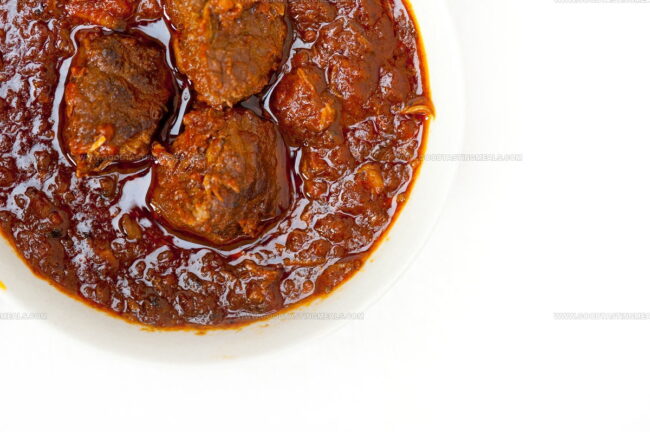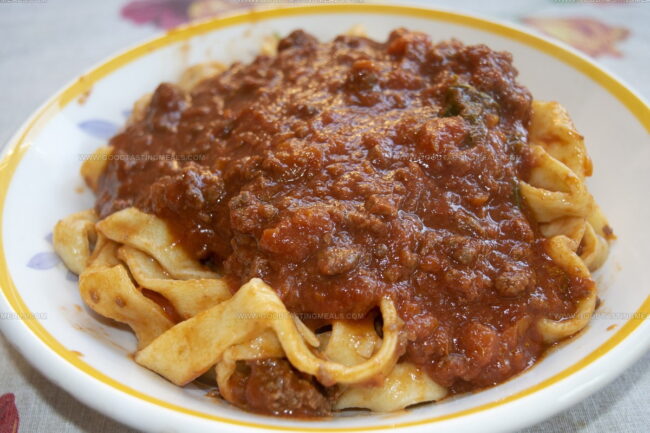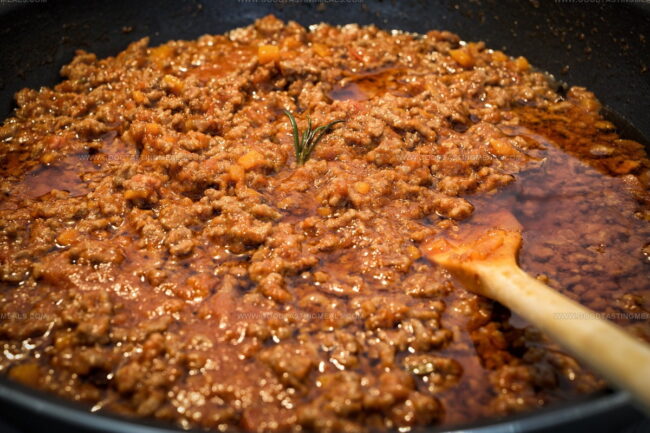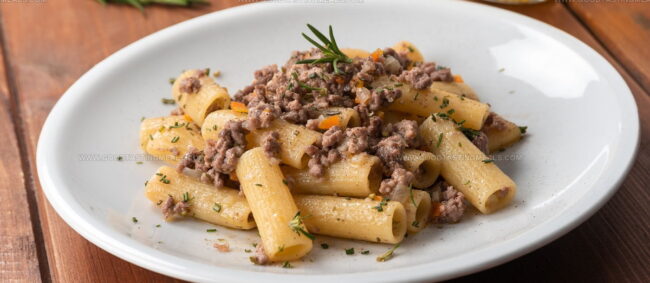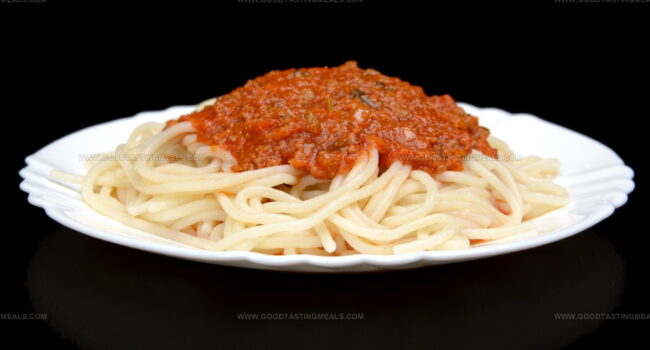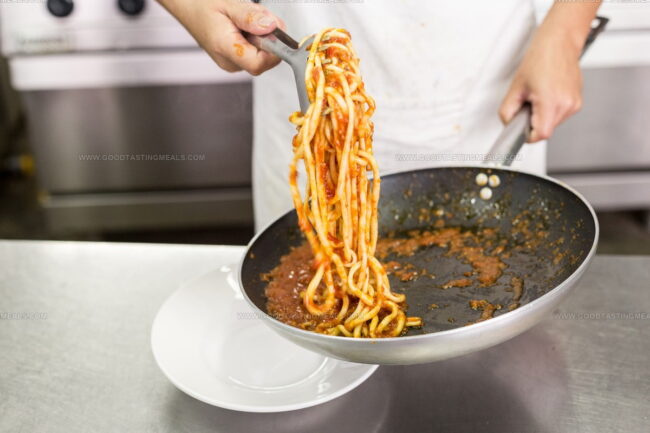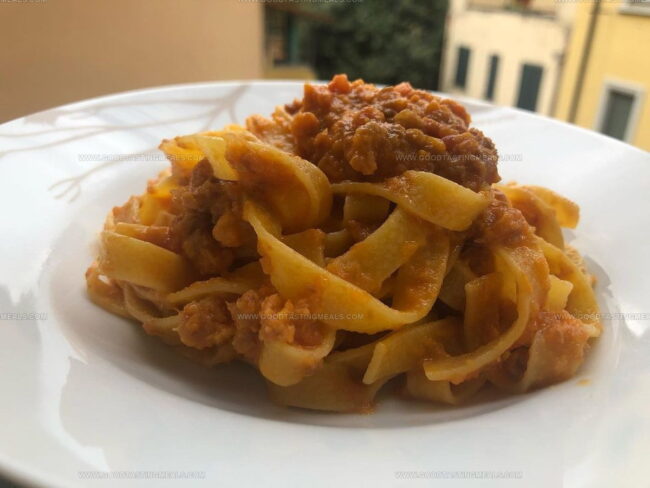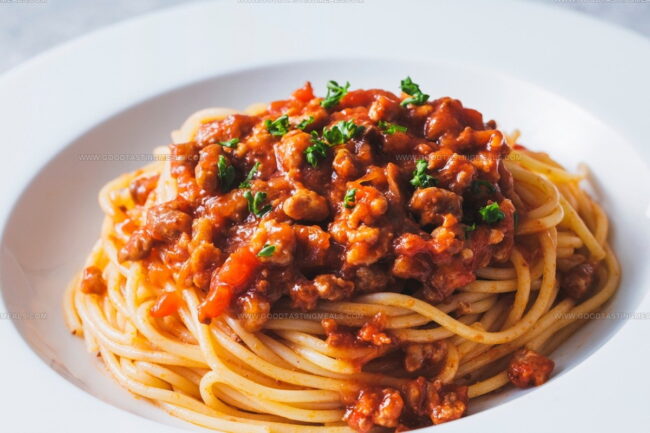21 Tasty Western European Meat Sauces Everyone Can Master
Western European meat sauces exemplify culinary craftsmanship that elevates humble proteins into spectacular dishes.
Rich in history, these sauces carry centuries of gastronomic tradition within their layered complexity.
Recipes are carefully developed to highlight regional ingredients, cultural heritage, and time-tested cooking methods.
Expert chefs know how to use these sauces to transform everyday meat dishes into memorable feasts.
The spectrum of sauces spans from light, tangy vinegar bases to deeply concentrated, robust reductions.
Each sauce narrates a unique tale of local customs and ingredient synergy.
Food enthusiasts admire the delicate balance and precise techniques required to perfect these flavors.
Prepare to explore 21 essential Western European meat sauces that will take your cooking to the next level.
Which Essential Western European Meat Sauces Should You Know?
Western Europe’s kitchens are home to meat sauces that bring out the best in roasts, steaks, and stews. Discover sauces rich in history and flavor, perfect for any occasion.
Ragu All’Anatra
Ragu all'anatra is a rich Tuscan meat sauce starring tender duck as its primary protein, slow-cooked with traditional Italian aromatics and red wine.
Duck meat forms the sauce's robust foundation, delivering deep, complex flavors through careful preparation.
Guanciale and vegetables like garlic, onions, carrots, and celery create a flavorful base for the sauce.
Classic herbs including sage, parsley, bay leaves, and thyme enhance the sauce's complexity.
Red wine adds depth and richness to the simmering mixture.
Tomato puree provides a subtle tangy undertone to the meaty sauce.
Chopped duck is reintegrated into the sauce after initial cooking, ensuring maximum flavor development.
Traditional pasta like pappardelle or tagliatelle serves as the ideal vehicle for this luxurious Tuscan sauce.
Ragu Alla Bolognese
Ragu alla Bolognese is a rich meat sauce originating from Bologna, Italy, crafted with tender ground beef and pork simmered in a complex blend of tomatoes, wine, and subtle spices.
Invented by Pope Pius VII's chef Alberto Alvisi in the late 18th century, this iconic sauce traditionally accompanies tagliatelle pasta and forms the heart of lasagne alla Bolognese.
Pancetta often enhances the sauce's depth, while milk or cream adds a smooth, velvety texture.
Nutmeg, salt, and pepper provide gentle seasoning that elevates the meat's natural flavors.
Red or dry white wine contributes additional complexity to the sauce.
Skilled Italian kitchens simmer the sauce slowly, allowing ingredients to meld into a deeply satisfying culinary experience.
Amatriciana
Amatriciana is a legendary Roman pasta sauce born in the 17th century from the mountain town of Amatrice, combining guanciale's rich fat with tangy tomatoes and sharp pecorino cheese.
Giuseppe Leonardi first published its recipe in 1790, establishing this iconic dish as part of Rome's pasta "holy trinity" alongside carbonara and cacio e pepe.
Authentic preparations feature diced tomatoes sautéed in rendered guanciale fat, creating a robust sauce that coats either spaghetti or bucatini perfectly.
Hollywood has celebrated this dish in multiple films, from Alberto Sordi's 1954 comedy to Julia Roberts enjoying it in Eat Pray Love.
Rural shepherds originally developed the recipe as a hearty meal using preserved ingredients.
Professional kitchens across Italy continue to honor this traditional preparation.
Regional pride surrounds Amatriciana's rich culinary heritage.
Sugo Di Carne
Sugo di carne represents a rich Italian meat sauce blending ground beef and pork with a classic sofrito of onions, carrots, and celery.
Robust red wine and canned tomatoes create its deep, savory flavor profile.
Sautéed meats develop complex layers of taste through careful seasoning with salt and pepper.
Optional ingredients like tomato paste and porcini mushrooms enhance its rustic character.
Italians traditionally serve this hearty sauce over various pasta shapes including penne, rigatoni, and tagliatelle.
Freshly grated parmesan cheese adds a final layer of depth to the dish.
Cooks often use sugo di carne as a base for lasagna preparations.
Versatile and comforting, this sauce connects family meals with traditional Italian culinary techniques.
Sugo Alla Genovese
Sugo alla Genovese is a rich Neapolitan meat sauce simmered for hours until onions caramelize into a silky, intensely flavored condiment that transforms simple pasta into a sublime dining experience.
Naples claims this classic sauce despite its Genovese name, tracing its roots to Renaissance immigrants from Liguria.
White wine or stock often enhances the sauce's depth during a lengthy cooking process lasting between two and ten hours.
Traditionally, cooks serve the concentrated sauce over ziti or rigatoni pasta, sometimes presenting the tender meat separately.
Bright tomatoes and grated pecorino cheese provide final garnishing touches to this hearty dish.
Ragu Napoletano
Ragu napoletano are rich, slow-cooked meat and tomato sauces that define southern Italian culinary traditions through their intense flavor and unique preparation method.
Naples doormen originally crafted this sauce while watching tenant movements, earning it the nickname "ragu guardaporta" for its leisurely cooking process.
Massive quantities of tomato sauce distinguish this recipe from northern Italian versions like ragu alla Bolognese.
Whole meat cuts simmer for hours instead of using ground meat, creating deep, complex flavors.
Traditional preparation involves extremely low heat and minimal stirring to develop robust sauce characteristics.
Family recipes often include pork, beef, or sausage as primary protein components.
Regional pride surrounds this sauce as a cornerstone of Neapolitan home cooking.
Ragu Di Cinghiale
Ragu di cinghiale are rich, robust meat sauces originating from Tuscany that showcase wild boar's intense, gamey flavors in traditional Italian cuisine.
Wild boars roaming Tuscan forests provide the primary protein for this rustic sauce, which blends tender meat with aromatic herbs like rosemary and sage.
Red wine and tomatoes create depth in the sauce, while carrots, onions, and celery form a classic Italian soffritto base.
Garlic and olive oil enhance the sauce's complexity, infusing each bite with intense Mediterranean flavors.
Pappardelle pasta serves as the classic accompaniment, allowing the thick sauce to cling perfectly to wide noodle ribbons.
Grated cheese sprinkled on top adds a final salty, tangy note to this traditional dish.
Ragu Toscano
Ragu Toscano is a rustic Tuscan meat sauce distinguished by its unique preparation method and robust flavor profile derived from a rich blend of ground beef, sausage, and aromatic vegetables.
Italian cooks craft this sauce with carefully chopped onions, carrots, and celery, creating a flavorful sofrito base that infuses deep complexity into every bite.
Wine adds depth and richness to the sauce, enhancing its traditional character and providing a smooth, balanced taste.
Tomatoes contribute a subtle brightness without overwhelming the meaty essence of the dish.
Unlike its more famous Emilia-Romagna counterpart, Ragu Toscano maintains a less vibrant red color and presents a slightly drier consistency.
Pasta serves as the perfect canvas for this sauce, with lasagne being a popular accompaniment.
Ragu Di Chianina
Ragu di chianina represents a luxurious Italian meat sauce crafted from prized chianina cattle, an ancient Tuscan beef breed renowned for exceptional tenderness and flavor.
Sautéed sofrito of finely chopped onions, carrots, and celery creates a robust flavor foundation for the sauce.
Aromatic herbs like rosemary and bay leaves enhance the complex taste profile.
White wine adds depth and complexity to the simmering mixture.
Ripe tomatoes provide natural sweetness and acidity to balance the meaty components.
Traditional pasta pairings include tagliatelle, maltagliati, pappardelle, and lasagna.
Regional cooks also serve this hearty sauce over creamy polenta for a satisfying meal.
Ragu Alla Pugliese
Ragu alla Pugliese is a robust meat sauce from Apulia that represents the region's rich culinary tradition of slow-cooked, intensely flavored stews combining multiple meat types.
Meat selection typically includes chicken, beef, pancetta, and pork sausage, though lamb creates a spicier version called ragu del pastore with added red pepper.
Traditionally prepared through hours of patient simmering, this hearty sauce develops deep, complex flavors that meld perfectly with pasta.
Orecchiette serves as the most common pasta pairing for this classic dish.
Regional cheese like canestrato Pugliese or pecorino often tops the final preparation.
Cooks throughout Apulia prepare variations based on available meats and family recipes.
Regional ingredients and slow cooking techniques define this distinctive southern Italian sauce.
Each preparation reflects generations of culinary expertise passed through family kitchens.
Ragu Alla Romagnola
Ragu alla Romagnola is a rich, meaty sauce originating from Italy's Romagna region that distinguishes itself through its intense flavor profile and precise ingredient combination.
Ground veal serves as the primary protein, complemented by diced chicken livers for added depth and complexity.
Pancetta and finely chopped vegetables like onions, carrots, and celery create a robust aromatic base for the sauce.
Fresh tomatoes and red or white wine enhance the overall taste, providing a slight acidity and depth.
Unlike its close cousin ragu alla Bolognese, this traditional sauce excludes cream or milk, maintaining a pure, concentrated meat flavor.
Italian culinary experts from the Academy of Cuisine carefully document this regional specialty's authentic preparation.
Traditionally served with fresh pasta, ragu alla Romagnola represents generations of Romagna's culinary heritage.
White Ragu (Ragu Bianco)
White ragu captures northern Italy's culinary elegance through a sophisticated, tomato-free meat sauce featuring delicate flavor profiles.
French bechamel sauce inspired this creamy northern Italian specialty originating in Emilia-Romagna.
Regional chefs transformed the French base by blending minced pork and beef with traditional ingredients like salsiccia, onions, carrots, and celery.
White wine and vegetable stock enhance the sauce's rich complexity.
Unlike bold ragu alla Bolognese, this version offers subtle, nuanced taste sensations.
Each ingredient contributes gentle depth without overwhelming the palate.
Slow simmering allows flavors to meld seamlessly, creating a luxurious sauce perfect for pasta and sophisticated dining experiences.
Ragu All’Abruzzese
Ragu all'Abruzzese is a robust Italian meat sauce distinguished by its deep lamb flavor and regional Abruzzo heritage.
Mountain shepherds traditionally prepared this hearty sauce using fresh lamb shoulder from their own herds.
Fresh onions and olive oil form the sauce's aromatic base, while bay leaves add earthy depth.
Dried diavolicchio chili peppers contribute a subtle spicy kick that distinguishes this ragu from other Italian meat sauces.
Small batches simmer for hours, allowing complex flavors to develop naturally.
Rural Abruzzo kitchens continue preparing this authentic sauce using time-honored techniques passed through generations.
Ragu D’Agnello
Ragu d'agnello are rich, aromatic lamb sauce traditions from Umbria that transform simple ingredients into a deeply satisfying Italian classic.
Succulent lamb pieces slowly simmer in a fragrant blend of olive oil, garlic, and rosemary.
White wine adds depth to the sauce, creating complex flavor layers that melt into tender meat.
Tomato puree provides a subtle acidic balance to the lamb's richness.
Italians typically serve this robust sauce over wide pasta like pappardelle or polenta.
Mountain communities in Umbria often prepare this dish during spring lamb season.
Ragu Di Prosciutto Crudo
Ragu di prosciutto crudo elevates Italian meat sauces with its unique blend of salty prosciutto and rich tomato base.
Classic Italian kitchens transform thin slices of raw prosciutto into a savory sauce bursting with complex flavors.
Chefs carefully fry golden onions in extra-virgin olive oil before adding chopped prosciutto to create depth.
White wine deglazes the pan, releasing aromatic compounds that intensify the sauce's character.
Tomato puree introduces a smooth, tangy element that balances the prosciutto's saltiness.
Low and slow simmering allows ingredients to meld without losing the prosciutto's delicate texture.
Traditional preparation requires careful attention to prevent overcooking the meat.
Regional Italian families have perfected this sauce over generations, making it a beloved staple of home cooking.
Cibreo
Cibreo is a rustic Florentine delicacy featuring chicken offal as its star ingredient, transforming overlooked animal parts into an elegant Tuscan spread.
Chicken livers, combs, testicles, and hearts form the dish's complex protein base, carefully peeled and chopped with precision.
Tomato paste adds depth to the mixture, while garlic, onion, and parsley contribute aromatic layers of flavor.
Chefs traditionally include a single anchovy that dissolves during cooking, providing subtle umami undertones.
Italian culinary experts typically serve cibreo as a rich spread or sauce alongside toasted bread or pasta.
Medieval Florentine kitchens originally developed this recipe as a resourceful way to use every part of the chicken.
Resourcefulness and creativity define this unique preparation, which reflects traditional Tuscan waste-not cooking principles.
Regional restaurants and home cooks continue to prepare cibreo as a testament to Florence's innovative gastronomic heritage.
Carne Capuliata
Carne capuliata is a robust Sicilian meat sauce distinguished by its intense flavor profile and unique preparation method.
Originating in Sicily, this hearty sauce combines finely chopped beef with rich local ingredients like white wine and Sicilian tomato paste.
Onions and aromatic herbs such as oregano, basil, and bay leaves create deep layers of taste throughout the sauce.
Professional Sicilian cooks carefully blend these components to develop a complex sauce that differs from traditional ragu alla bolognese.
Unlike similar meat sauces, carne capuliata uses less tomato and excludes common ingredients like celery and carrots.
Typically served over pasta varieties including macaroni and anelletti, this sauce represents traditional Sicilian home cooking.
Regional ingredients play a crucial role in defining the sauce's authentic character.
Rabbit Ragu (Ragu Di Coniglio)
Rabbit ragu is a rustic Italian sauce showcasing tender rabbit meat slow-cooked with aromatic vegetables and wine until meltingly soft.
Mediterranean regions like Tuscany and Umbria popularized this rich, hearty dish that transforms humble ingredients into a deeply flavorful meal.
Traditional preparation involves braising rabbit with onions, carrots, celery, and garlic in red or white wine and tomatoes.
Italian home cooks carefully simmer the meat for hours, allowing each ingredient to develop complex, layered flavors.
Herbs like rosemary and thyme enhance the sauce's depth and complexity.
Rabbit meat provides a lean, delicate protein that absorbs surrounding seasonings beautifully.
Restaurants often serve this sauce over pappardelle or polenta, creating a satisfying main course.
Sugo Di Papera
Sugo di papera is a rich, slow-cooked Italian duck sauce originating from rural Tuscany, traditionally prepared by braising tender duck meat with aromatic vegetables like onions, carrots, and celery.
Robust white wine adds depth to the sauce, while ripe tomatoes provide a tangy undertone and help create its signature dark, thick consistency.
Olive oil forms the base of this hearty sauce, gently sautéing ingredients to develop complex flavors.
Hunters and farmers first crafted this sauce as a way to use every part of freshly hunted duck.
Regional Italian kitchens still prepare sugo di papera using time-honored techniques passed through generations.
Restaurants across Tuscany serve this sauce with pappardelle pasta or polenta, showcasing its versatile nature.
Ragu Misto Alla Molisana
Ragu misto alla Molisana blends multiple meats into a robust sauce signature to Molise's regional cuisine.
Mountain shepherds traditionally crafted this rich preparation using lamb, pork, and veal with rustic ingredients from their local terrain.
Pork rinds and sausages enhance the complex protein profile while creating deep, intense flavors.
Lard and olive oil form the foundational cooking fat for sautéing aromatic onions and garlic.
Red wine deglazes the browned meats, adding complexity and depth to the sauce.
Tomato sauce provides subtle sweetness and bright undertones to balance the meat's intensity.
Hot diavolillo chili peppers inject a distinctive spicy kick that distinguishes this regional specialty.
Slow simmering transforms the ingredients into a velvety, dark sauce that speaks to Molise's culinary heritage.
Pancetta All’Aceto
Pancetta all'aceto is a rustic Tuscan sauce featuring crispy pancetta simmered in tangy red vinegar, creating a bold flavor profile that transforms simple dishes.
Originating from Mugello's mountainous regions, this cucina povera recipe emerged from carbonai (charcoal makers) seeking hearty meal enhancements.
Italian workers traditionally prepared the sauce as a robust condiment to accompany polenta, maximizing limited ingredients with maximum taste.
Garlic adds depth to the simmering pancetta, which breaks down and releases rich, savory notes into the vinegar base.
Regional cooks carefully mince pancetta to ensure even cooking and optimal flavor infusion.
Small batches develop intense taste through slow reduction and careful seasoning.
Mountain workers valued this sauce for its ability to elevate basic ingredients with minimal effort.
Tuscan kitchens continue celebrating this simple yet powerful culinary tradition that speaks to Italy's resourceful cooking heritage.
What Types of Meats Are Commonly Used in Western European Sauces?
Western European sauces often feature a variety of meats that provide rich flavors and hearty textures. Commonly used meats include:
These meats are often slow-cooked, braised, or simmered to extract maximum flavor, forming the base of rich, complex sauces that complement Western European dishes.

